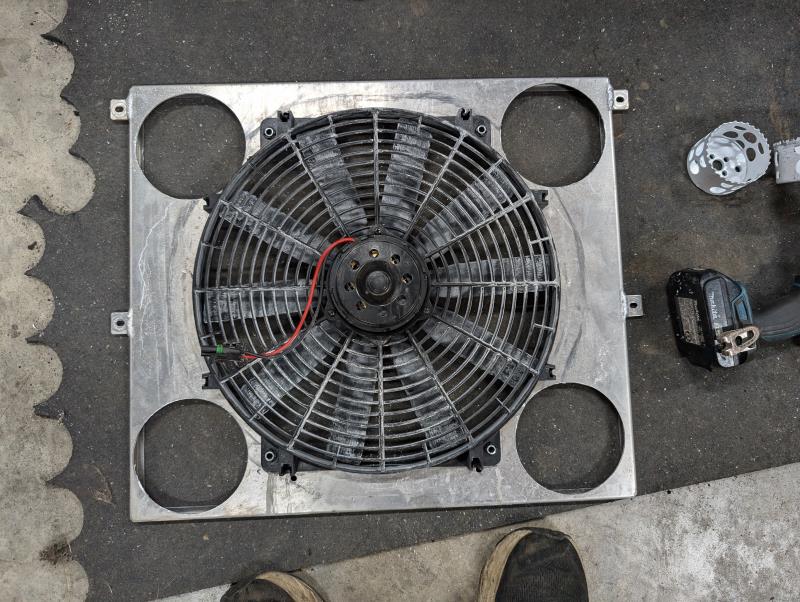I think it's both and I'm going to rely on testing and data to prove it.
Right now I think we have sufficient water flow for an empty truck going down the road or cruising through town. The problem comes with speed, and at this point testing data is pointing to the shroud being the issue. Temp drop of 20° across the radiator in the shop will keep it below 160°. The best temp drop we've seen on the highway is 14° associated with a slow temp creep. We can pull off the road and watch the radiator outlet temp drop, followed by engine temp.
When starting the test, the engine temp only starts climbing following the radiator outlet temp rising(water temp into the radiator stays steady as outlet temp rises, then followed by engine temp creep). This is the main point of the test IMO. I wanted to see what was leading the climb, its obvious it's the radiator with the truck unloaded. If the radiator was working as desired we would see the temp drop remain at 20° but engine temp creeping, we don't see that at all. Instead we see radiator temp drop go from 23° to 14° and engine temp start climbing.
It's possible that after we get it fixed in an unloaded condition, that with a load the engine temp starts the match. But we have the FlowKooler impeller and a new lower radiator hose to put on as well.
Right now, all the data is showing that our radiator/fan/shroud package is the issue, but not far off. I think if we can get to 20° temp drop going down the road empty, that the problem is pretty much fixed. The impeller should help move more water when the engine is really making heat, but wouldn't make any difference now as the radiator is already on the losing side of the equation. More water flow without more air flow would not improve the situation as we have already proven via a 3,000 mile test haha. It made a big difference at idle or crawling through town. But zero effect at speed. Only improving the radiators ability to dissapate heat made any difference(cool water spray).
I've been working on the shroud all day. I'm almost done with all the flaps and opening the center to fit the fan better. The picture below is just the start.
